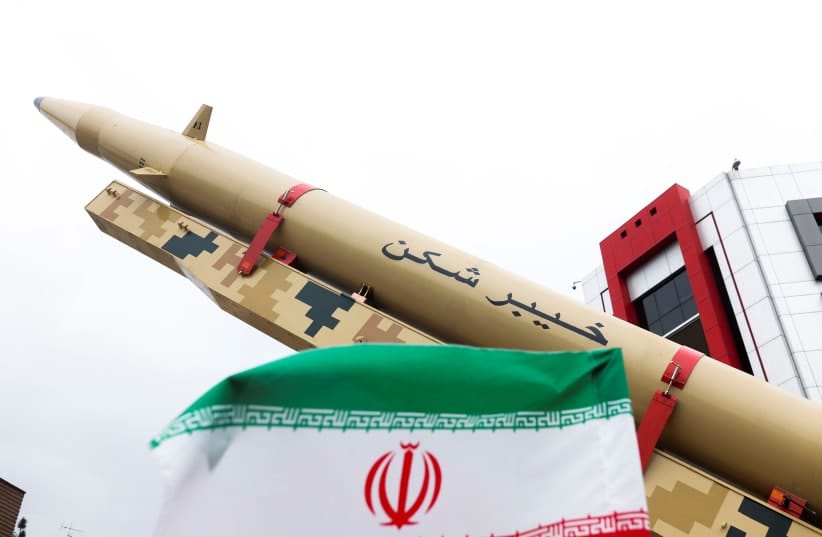- April 19, 2025
Iran’s Nuke Program: Unpacking the Complexity and Global Implications

For years, Iran’s Nuke Program has been a big point of concern for the international community. The global community is divided on how to deal with the country in its nuclear ambitions. Thus, in this blog, we will investigate the details associated with the nuclear program of Iran, its history, along with the still ongoing diplomatic attempts to arrive at a mutually beneficial solution.
The Iran nuclear deal has been a focal point of negotiations aimed at cutting off some Iranian nuclear activities for sanctions relief. But any path to a lasting solution is rife with difficulties, an outcome so complex as to Iran’s nuclear capabilities and its geopolitical tensions. Therefore, we cannot ignore both the technical part of Iran’s Nuke Program and the diplomatic moves that conduct it, as we analyze it.
Core of Iran’s Nuke Program: Uranium Enrichment and Weapons Development
Its uranium enrichment process is one of the main issues regarding Iran’s nuclear program. Iran’s uranium enrichment has become a talking point in international discussions because the level of enrichment increases that bringing Iran closer to being able to produce nuclear weapons. Iran’s move toward enriching uranium up to 60% alarms international powers more than usual, given that 3 to 5 percent is normally enough to fuel peaceful nuclear power generation.
Under intense scrutiny, Iran’s nuclear infrastructure has been a case of its nuclear ambitions aimed at obtaining nuclear weapons. The sources of uranium enrichment in Iran include advanced reactors and centrifuges that many believe will eventually be used to enrich uranium for weapons production. Iran says its nuclear program is for peaceful purposes, but full Iranian compliance with international standards is not the case.
The Diplomatic Landscape: Iran Nuclear Talks and Global Negotiations
For years, Iran’s nuclear negotiations have been ongoing in the hopes of limiting Iran’s nuclear program in exchange for reduced economic sanctions. Formally known as the Joint Comprehensive Plan of Action (JCPOA), this Iran nuclear deal was eventually signed in 2015, but its effectiveness has been questioned ever since the US pulled out in 2018. Since then, the U.S.–Iran nuclear negotiations have now entered a complex phase in which both countries seek to arrive at a compromise while maintaining their security.
According to Iran nuclear talks Rome 2025, circumstances may change in the future for the agreement. The significance of these talks in particular will determine whether Iran nuclear compliance will progress on a trajectory which can turn the page on the future of the global nuclear nonproliferation framework.
Key Milestones and Developments of Iran’s Nuke Program Timeline
A timeline of Iran’s Nuke Program and key events needs to be understood to see where the current program stands. Iran has advanced considerably over the decades in its nuclear capabilities. The country has built nuclear enrichment facilities and nuclear reactors adequate for both civilian and military purposes for enriching uranium.
But every time there is an Iranian nuclear development, concerns over Iran’s nuclear weapons increase. Iran’s changing nuclear program is also considered to ask whether it will ever be able to produce weapons-uitable uranium.
International Response: Iran Nuclear Sanctions and Global Impact
Egypt has had many ramifications for international security and has imposed various Iran nuclear sanctions to limit their progress in the Iran nuclear program. The U.S., the EU, and the UN had rolled out these sanctions to prevent Iran from developing nuclear weapons by slashing off its economy and industries.
In this case, while Iran nuclear sanctions have been hit and miss. The sanctions are hurting the economy but have not exactly achieved the objective of dismantling Iran’s nuclear program. For others, sanctions relief such as that included in the Iran nuclear program placement clause of the JCPOA is key to making diplomacy work and creating a lasting solution.
The Future of Iran’s Nuke Program: Challenges and Opportunities
The fate of Iran’s Nuke Program is unknown ahead. However, the country continues to show a willingness to negotiate, but many problems persist. In particular, there is a fear of Iran being able to build a nuclear weapon and the subsequent risk of a regional arms race and exacerbation of tensions in the Middle East.
It is also important to note that Iran’s nuclear program security is at stake. If Iran further advances on its nuclear development path without enough oversight and transparency, it will present a significant security threat, apparently not only to the region but to the wider world as well. International efforts to verify and hold accountable the Iranian nuclear program are therefore so important.
What Will Be Done To Resolve Iran’s Nuke Program? Conclusion.
Ultimately, the fate of Iran’s Nuke Program will rest on the success of the international community to resolve itself to constructive diplomacy, to enforce global nonproliferation norms, and to address any security concerns that have always dogged Iran’s nuclear ambitions. The global community must come together to look for that peace, though it can be through further negotiations, new sanctions, or a new nuclear deal.
In the case of Iran nuclear program developments, following new developments is essential. Analysts understand Iran’s nuclear program as it relates to Iran’s ambitions, but also as a mirror of global challenges to nuclear proliferation.

